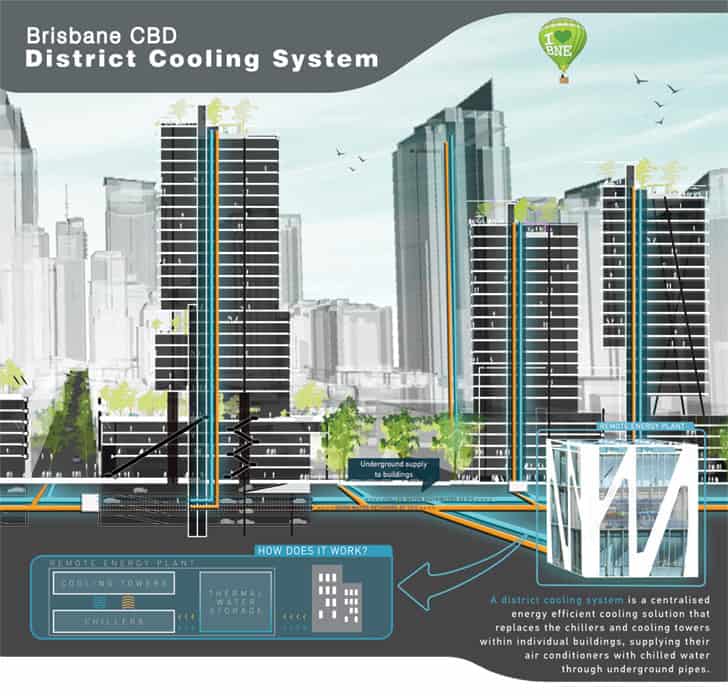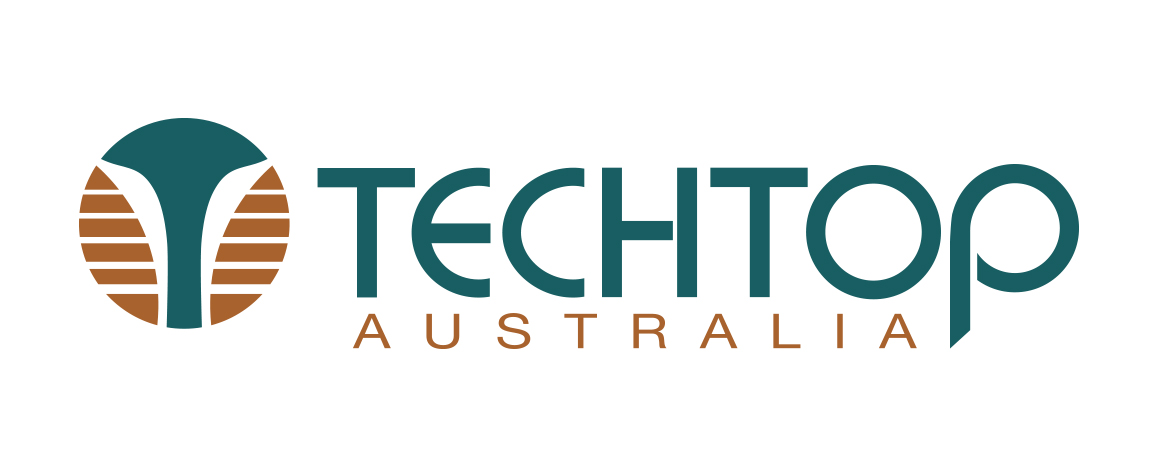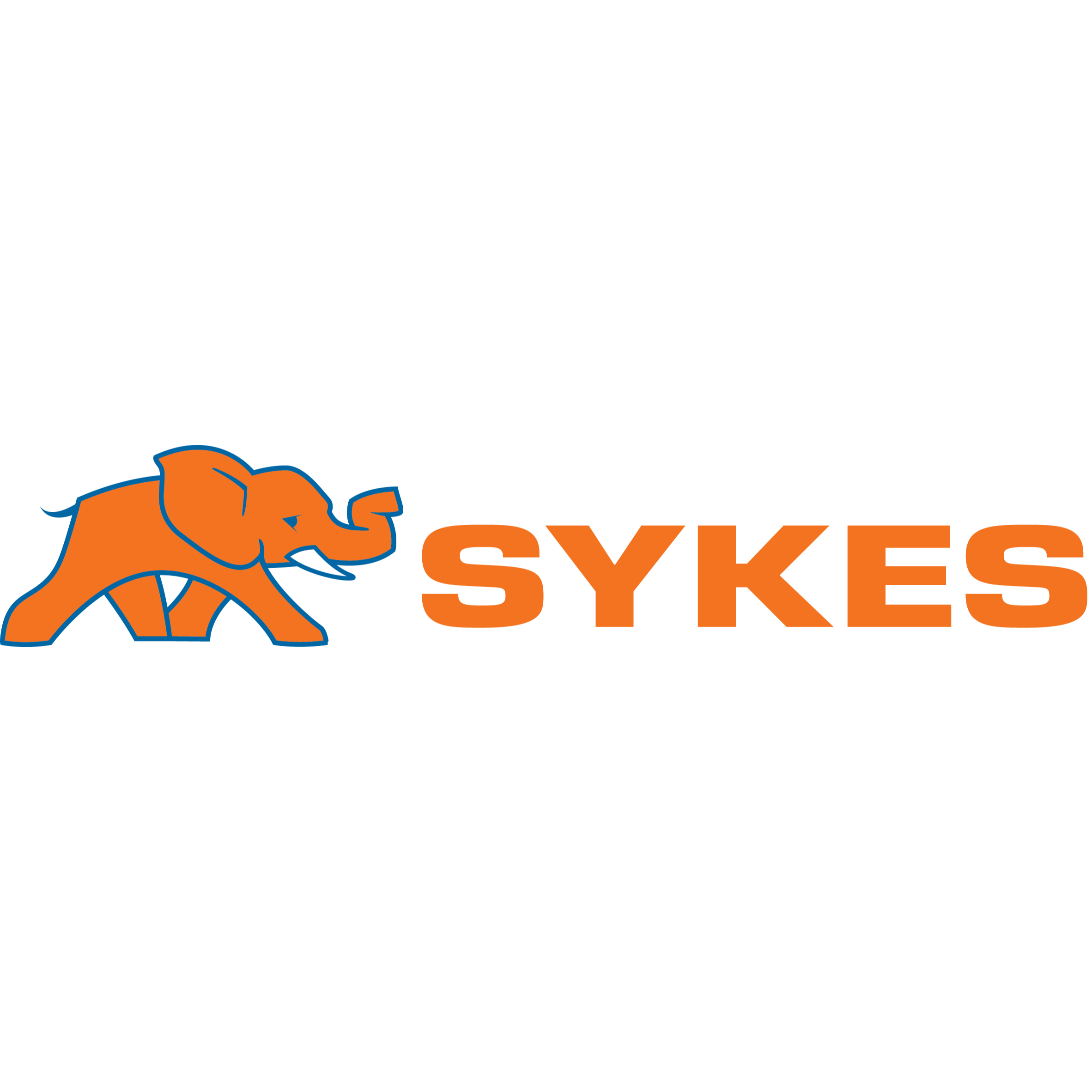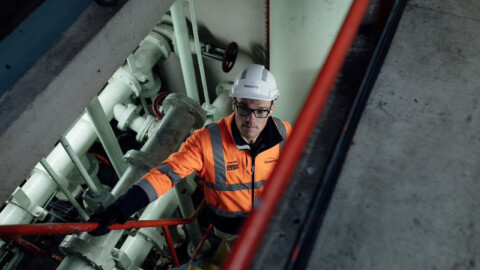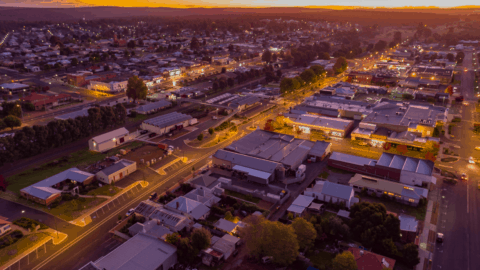The recent signing of an agreement between Brisbane City Council and two leading infrastructure partners is an exciting first step towards Brisbane developing the first CBD district cooling system in Australia.
The innovative scheme, which aims to replace existing individual chillers and cooling towers in CBD buildings with a centralised plant, supplying chilled water via a network of underground pipes, is tipped to deliver a range of energy savings and environmental benefits.
Brisbane City Council (BCC), through its subsidiary CitySmart, is partnering with Cofely Australia and Thiess Services to develop the energy efficiency infrastructure project, which will see the construction of a central system which pumps cold water to buildings for cooling purposes.
The technology is already in use in many projects around the world, but Brisbane will be the first Australian city to implement such a scheme on such a large scale in a CBD.
The project is expected to deliver significant cost savings for businesses by providing greater system efficiency, eliminating capital expenditure on replacing old chilling machines and facilitating a shift to off-peak energy consumption, with peak energy demands expected to drop by up to 20MW per annum.The technology is already in use in many projects around the world, but Brisbane will be the first Australian city to implement such a scheme on such a large scale in a CBD.Brisbane City Council (BCC), through its subsidiary CitySmart, is partnering with Cofely Australia and Thiess Services to develop the energy efficiency infrastructure project, which will see the construction of a central system which pumps cold water to buildings for cooling purposes.
What is a district cooling system?
A district cooling system (DCS) is a centralised water chilling system that replaces air conditioning chillers and cooling towers within individual buildings, supplying them instead with chilled water through underground pipes. When combined with thermal energy storage (TES), the system can chill water during off-peak periods and then supply it to buildings during the day.
The system would consist of one or more centralised plant rooms, and a series of pipes under the city to connect the buildings to the system.
The DCS will result in significant energy savings for individual buildings (and overall), as well as significant cost savings. The cost savings are achieved through greater system efficiency, avoidance of capital investment as well as a shift to off-peak energy consumption.
The project delivers multiple benefits and would be a flagship Australian economic development and energy efficiency infrastructure project, as it would be the first DCS to be implemented on this scale in a CBD. The learnings from this project could be shared across other Australian cities and major regional centres.
The project leverages proven technology that exists in over 1,000 projects globally and operates at a university campus level in Australia.
A sustainable cooling vision
CitySmart has been working with council and industry partners since 2011 in undertaking the feasibility assessment of DCS infrastructure in Brisbane’s CBD.
This has resulted in the deal between BCC and Cofely Australia and Thiess Services, a two-year development agreement which allows for the feasibility finalisation and design
phases of DCS for the Brisbane CBD.
This two-year contract enables Cofely Australia and Thiess Services to:
- …. Secure investment for the future project
- …. Secure customers for the future project
- …. Design and plan delivery of a project likely to be delivered in a number of stages following the completion of this contract period.
The two-year contract period is timely as there are a number of key developments planned for the CBD during this period, such as Queens Wharf, allowing Cofely Australia and Thiess Services to liaise with stakeholders to assess and negotiate feasibility of incorporation of these developments as part of the project. The two-year time frame allows for proper consideration of the future needs of the development zone.
The project will be a flagship economic development and energy efficiency project for Brisbane. Initial feasibility investigations have estimated that the capital investment in the project, at the completion of all stages, could be in excess of $230 million, with economic benefits of over $530 million, and the creation of over 500 jobs.
While the project is revolutionary in Australia, centralised energy systems have been widely used for both heating and cooling in a host of European and Asian cities, including Paris, London, and Singapore.
The consortium has identified around 200 CBD buildings suitable for the district cooling system, with around 25 per cent of them potentially able to connect within the next five years.
Since the signing of the deal late in 2014, Cofely Australia and Thiess Services have been lobbying CBD building owners to sign up to the scheme.
Pump procurement
The team from Cofely Australia will be designing the pump system that will drive the distribution of chilled water across the Brisbane CBD.
According to Cofely Australia Technical Manager Dr Nick Regan, “Our pump selection process will be based on whole of life cost effectiveness, including capital efficiency, maintenance requirements, and replacement expenditure.”
This process is currently ongoing and will be informed by the pump selection process followed by Cofely on other major DCS projects around the world, such as the Climespace Paris project.
Cofely Australia Managing Director Vaughan Furniss said “Having completed our own independent survey of Brisbane’s CBD energy requirements, we are confident of delivering a world class district cooling project with Thiess, which will deliver energy, capital and cost savings, giving Brisbane a competitive edge over other capital cities in terms of affordability and resilience.”
Richard Kelleway, Executive General Manager, Thiess Services added “The contract will pave the way for a lower energy requirement for Brisbane city for decades to come.
“The selection of the Cofely Australia and Thiess Services consortium to develop a district cooling proposal to the next stage is a significant step towards managing the long-term energy and peak demand requirements for the CBD.”
District cooling system at a glance
A district cooling system replaces the current chilling machines in buildings with one central system (a chilled water plant) in the CBD that pumps cold water to buildings for cooling purposes, and returns the hot water for ‘re-chilling’, through an underground pipe network. A system may include thermal storage that allows the plant to operate at night at lower cost and higher efficiencies and removes load from peak electricity demand during the day. A number of buildings sign up as customers who pay for a cooling service based on a commercial proposition of lower cooling costs, avoided capital expenditure on replacing old chilling machines and no more legionella risk in the building.



